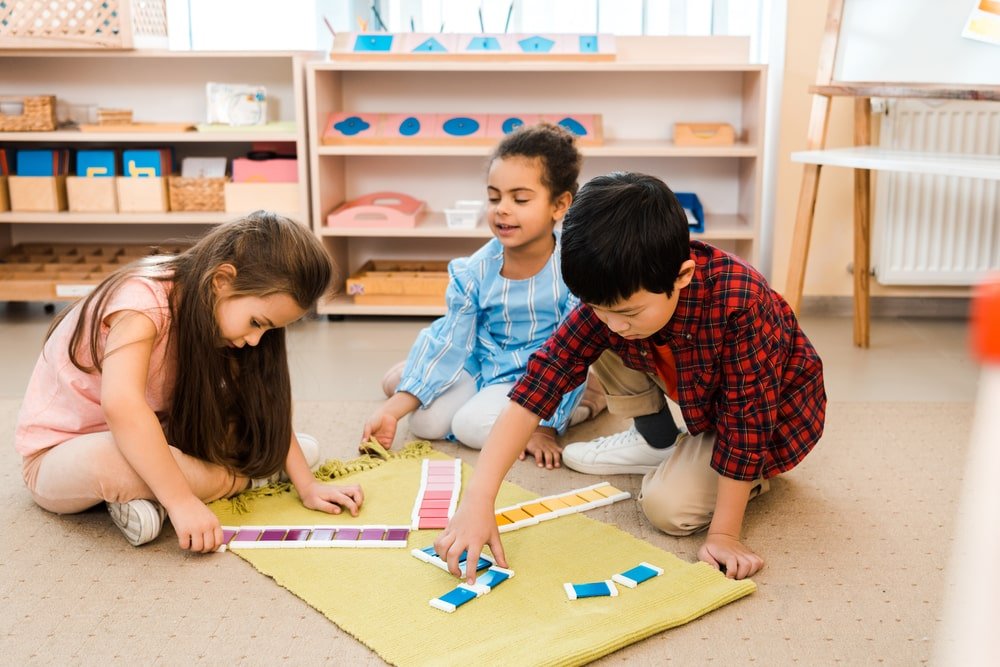The Architecture of Influence: Deconstructing Social Learning Through Observation and Role Modeling
Albert Bandura’s Social Learning Theory stands as a monumental contribution to psychology, offering a powerful lens through which to understand the complexities of human behavior. It acts as a crucial bridge between behaviorist and cognitive learning theories, proposing that individuals learn not merely through direct experience, reinforcement, or punishment, but profoundly through observation, imitation, and modeling. [1][2] Life, as Bandura noted, would be dangerously inefficient if we could only learn from the consequences of our own actions. [2][3] Instead, much of human behavior is acquired by observing others, forming an idea of how new behaviors are performed, and using this “coded information” as a guide for future action. [4] This framework moves beyond the mechanistic views of behaviorism, which saw learners as passive recipients of environmental stimuli, and instead posits that humans are active information processors who think about the relationship between their actions and consequences. [1] The theory is built on the foundational ideas that learning can occur by observing a behavior and its outcomes (vicarious reinforcement), and that learning is a cognitive process that takes place within a social context, not necessarily leading to an immediate change in behavior. [5][6]
At the heart of Social Learning Theory lies the process of observational learning, which is governed by four critical mediational processes. These cognitive factors determine whether a new behavior is acquired and performed. [1] The first is Attention; for learning to occur, an individual must first pay attention to the model’s behavior. [7] Factors such as the model’s prestige, attractiveness, or the novelty of the situation can capture the observer’s focus. [3] Simply being exposed to a model is not enough; the observer must actively direct their attention to the relevant aspects of the behavior. [8] The second process is Retention, the ability to store the observed information in memory. [7] The behavior must be remembered for it to be imitated later, a process involving the symbolic coding of the observed actions into mental images or verbal descriptions. [9] The third stage is Reproduction, where the observer attempts to replicate the behavior they have stored in memory. [8] This stage is constrained by the individual’s physical and cognitive capabilities; one might retain the complex movements of an Olympic gymnast but lack the physical ability to reproduce them. [1] Finally, Motivation is the will to perform the learned behavior. [7] This is where the concepts of reinforcement and punishment become critical. Motivation is heavily influenced by observing the consequences of the model’s actions—a process known as vicarious reinforcement or punishment. [5][10] If a model is rewarded for their behavior, the observer is more motivated to imitate it; conversely, if the model is punished, the observer is less likely to perform the action. [3][11]
The most compelling and widely cited evidence for Social Learning Theory comes from Bandura’s groundbreaking “Bobo doll experiments” conducted in the 1960s. [12] These studies powerfully demonstrated that children could learn and imitate aggressive behaviors simply by watching an adult model. [13][14] In the primary experiment, preschool-age children observed an adult behaving aggressively towards a large inflatable clown doll named Bobo—hitting it with a mallet, kicking it, and shouting verbal abuse. [15] Later, when the children were placed in a room with the same doll, those who had witnessed the aggressive model were significantly more likely to imitate the same aggressive actions, both physical and verbal, compared to children who had observed a non-aggressive adult or no model at all. [12][14] This demonstrated that learning could occur without direct reinforcement to the observer. [13] A subsequent variation of the experiment showed that the consequences for the model were crucial. [16] Children who saw the aggressive model being rewarded were more likely to imitate the aggression, while those who saw the model punished for the behavior were less likely to do so, illustrating the power of vicarious reinforcement and punishment. [16] These experiments provided stark, tangible proof of observational learning and raised significant concerns about the influence of modeled behavior, particularly media violence, on children’s development. [3][17]
The principles of social learning extend far beyond the laboratory, with profound applications across numerous domains, including education, organizational development, therapy, and social change. In education, teachers are recognized as crucial role models who can demonstrate desired behaviors and problem-solving strategies. [1][17] Collaborative learning, group projects, and peer mentoring are all practical applications of the theory, leveraging the power of students learning from one another. [8][18] In the workplace, social learning is fundamental to onboarding and training. [17] New employees learn company culture, procedures, and specific skills by observing experienced colleagues and mentors. [18] This modeling is often more effective than formal instruction alone, as it provides a practical context for learning. [19] In clinical psychology and social work, the theory underpins therapeutic techniques like modeling therapy for phobias and social skills training. [1][3] By observing a therapist or a positive role model interact calmly with a feared object, a client can learn to manage their anxiety. Similarly, social workers use these principles to help clients develop prosocial behaviors by providing positive role models and altering environmental reinforcements. [10][20] The theory also explains the rapid spread of behaviors through social media, from viral challenges to the adoption of health and social justice initiatives, showcasing the power of symbolic models in the digital age. [5][10] This broad applicability underscores the theory’s robustness in explaining how behaviors are acquired and transmitted within a social fabric.



